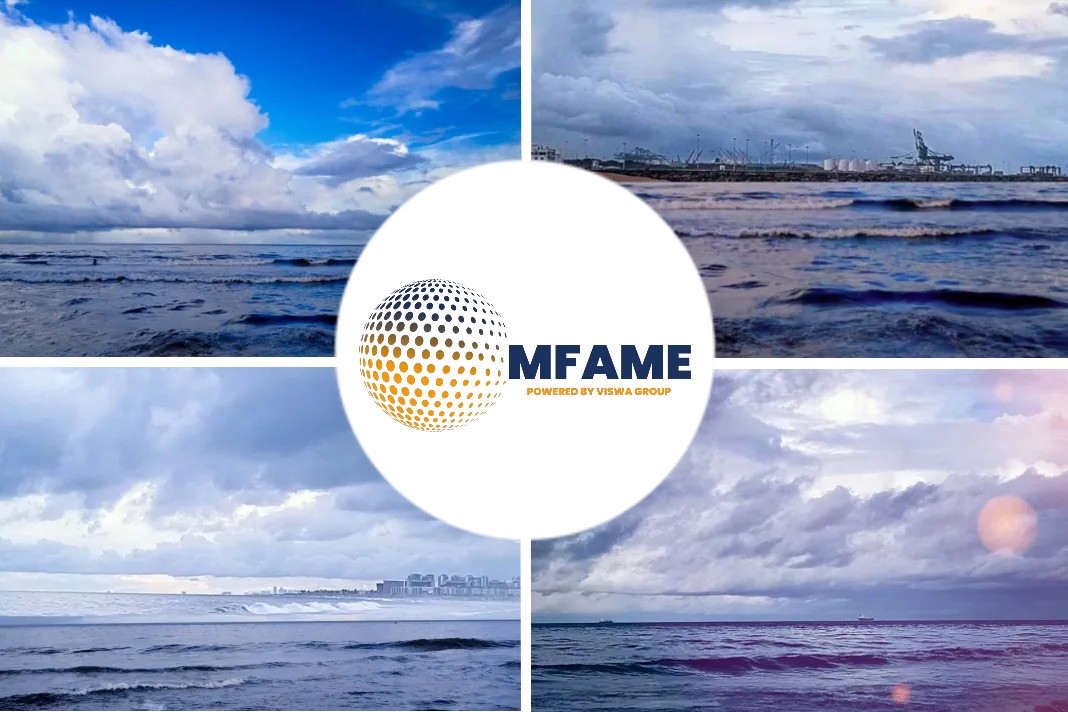
High-sulphur marine fuel sales at the port of Singapore rose in December, supported largely by the increased availability and attractive economics of cheap blended oil originating from sanctioned countries, industry sources said on Thursday, reports The Straits Times.
Sales of HSFO
According to data from the Maritime and Port Authority of Singapore (MPA), sales of high-sulphur marine fuels rose more than 2 per cent from the previous month to 1.27 million tonnes, while year on year, they were up nearly 18 per cent.
Mr Roslan Khasawneh, a senior analyst at data analytics firm Vortexa, said high-sulphur marine fuel is often a cocktail of various residual fuel streams, and it is difficult to say with certainty which supplies include oil from Russia, Venezuela or Iran.
However, he said: ”Considering that residual fuel exports from these countries have averaged about 1.2 million barrels per day since the start of 2020, it is not unlikely that they are present in a good chunk of high-sulphur bunkers.
Mr Yaw Yan Chong, director of oil research at Refinitiv, a unit of the London Stock Exchange Group, said that with more ships now equipped with scrubbers, which allow shipowners to extract harmful sulphur emissions from their vessels, it was not surprising to see sales expanding for high-sulphur marine fuels.
MPA data shows that more ships called at the port of Singapore to refuel, with a total of 3,311 vessels recorded for December, up from the previous month when 3,299 purchased bunkers here.
“There is a lot of cheap, high-sulphur fuel oil barrels available at port, most of which are blended with oil sourced from countries that are sanctioned like Russia. And with more shipowners fitted with scrubbers, they will take advantage of the very attractive pricing and refuel here in Singapore,” said Mr Yaw.
“This trend is likely to continue because we are seeing a deluge of oil from Russia coming into the region, and this oil will get blended and sold off into the bunker pool here in South-east Asia that includes Singapore and the offshore anchorages just off Malaysia and Indonesia.”
Russian oil
Mr Yaw said that since last September, Russian fuel oil being shipped to Asia has recorded multiple monthly highs. He noted that December fuel oil shipments originating from Russia were assessed at around 1.8 million tonnes.
Before Russia invaded Ukraine in late February last year, the bulk of Russia’s energy exports, which included petroleum products, natural gas and crude oil, went to Europe.
But now, Russia, facing a ban by the European Union on its oil products from next month, has been diverting its shipments to Asia either directly or indirectly, by altering original cargo loading documents at ports in the Mediterranean or the Middle East, according to industry sources familiar with such practices.
But Mr Khasawneh warned that the upcoming embargo on Russian petroleum products, including fuels like diesel and fuel oil, could impact the high-sulphur marine fuels market.
He said Russia accounted for roughly 20 per cent of global residual supply, making it the world’s largest exporter by far, and any significant reduction in its output could tighten global fuel oil markets and push prices higher.
Meanwhile, MPA data also showed that home-grown Singapore company Equatorial Marine emerged as the top bunker supplier by sales volume in the Republic, edging out oil and trading giants like PetroChina, which ranked second, and Trafigura’s bunkering arm TFG Marine, which came in third.
Glencore Singapore, whose licence was suspended for two months last August after the company was found to have supplied contaminated fuel to ships, fell seven spots to 13th place.
















